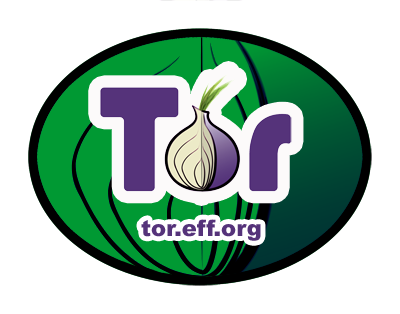Saturday, August 29, 2015
The Star of David is not an Ancient Symbol of Judaism
There are at least two things to know about this subject: First, the Israeli flag is the Zionist flag. According to the World Zionist Organization: "The form and colors of the Israeli flag as we know it today was officially established as the flag of the Zionist Movement in the 18th Zionist Congress in 1933 (though it was introduced into the movement in the late 1800's). Six months after the declaration of the State, this flag was adopted as the national flag."
The Israeli Ministry of Foreign Affairs concurs:
At the ceremony of the Declaration of the Establishment of the State of Israel, the dais was decorated with a picture of Theodor Herzl, flanked on either side by the flag of the World Zionist Organization. This flag, adopted by the first Zionist Congress in Basle in 1897, had become accepted by Jewish communities throughout the world as the emblem of Zionism ...The second thing to know is that the symbol at the center of the Zionist/Israeli flag—a hexagram referred to as the Star of David a.k.a. the Magen David/Shield of David—is not an ancient symbol of Judaism.
[The] decision to adopt the Zionist flag to be the flag of the State of Israel reflects its power as a symbol of the spirit of the Zionist movement.
As noted in the "Magen David" entry in the Encyclopaedia Judaica, the hexagram was used "as early as the Bronze Age ... in many civilizations and in regions as far apart as Mesopotamia and Britain." The symbol also "appears in early Byzantine and many medieval European churches ... Probably in imitation of church usage – and certainly not as a specifically Jewish symbol – the hexagram is found on some synagogues from the later Middle Ages ..."
So, how did the hexagram become associated with Jews and Judaism? According to the Encyclopaedia Judaica: "The prime motive behind the wide diffusion of the sign in the 19th century was the desire to imitate Christianity."
Again, The Israeli Ministry of Foreign Affairs concurs:
... the Star of David was never a uniquely Jewish symbol. The standard name for the geometric shape is a hexagram or six-pointed star, composed of two interlocking equilateral triangles. In a classic article, Gershom Sholem shed light on the history of the "Star of David" and its connection with Judaism ...In The JPS Guide to Jewish Traditions (Jewish Publication Society, 2004), author Ronald L. Eisenberg writes (pp. 575-576):
According to Sholem, the motive for the widespread use of the Star of David was a wish to imitate Christianity. During the Emancipation, Jews needed a symbol of Judaism parallel to the cross, the universal symbol of Christianity. In particular, they wanted something to adorn the walls of the modern Jewish house of worship that would be symbolic like the cross. This is why the Star of David became prominent in the nineteenth century and why it was later used on ritual objects and in synagogues and eventually reached Poland and Russia. The pursuit of imitation, in Sholem's opinion, led to the dissemination of an emblem that was not really Jewish and conveyed no Jewish message.
During the Middle Ages, hexagrams appeared frequently on seals and in churches but rarely in synagogues or on Jewish ritual objects. Indeed, from antiquity until after the Renaissance the menorah ... rather than the hexagram was the primary symbol of Judaism ...History cannot tell us what a symbol means to living people now but it can illuminate the path to that meaning. The connection between the Star of David and Judaism is relatively new. It emerges as a counterpoint to Christianity and is inextricably intertwined with and tainted by the rise of Zionism, the ideology of Jewish apartheid in Palestine.
In Vienna ... [in 1656] a marker was set up to demarcate the boundary between the city and the Jewish ghetto. A cross identified the Christian section and a six-pointed star indicated the Jewish area. This was the first time that the Magen David was used as a religious-cultural symbol of the Jewish community.
See also: Moshe Ronen. "Magen David: From mystical talisman to Zionist symbol." Ynetnews.com. May 3, 2009.
Labels: Christianity, Judaism, Zionism
Wednesday, August 26, 2015
The 6th Annual Bill Henry International Eat-a-Cheeseburger Day
 |
| Bill Henry, Z"L,circa 1940 |
*The holiday begins at sunset on 9/22 and ends at dusk on 9/23.
Labels: Bill Henry, halacha, Henry Herskovitz, Judaism, Talmud


